Home>Dining>Tableware>How Can You Design A Long, Narrow Living-Dining Room Space?
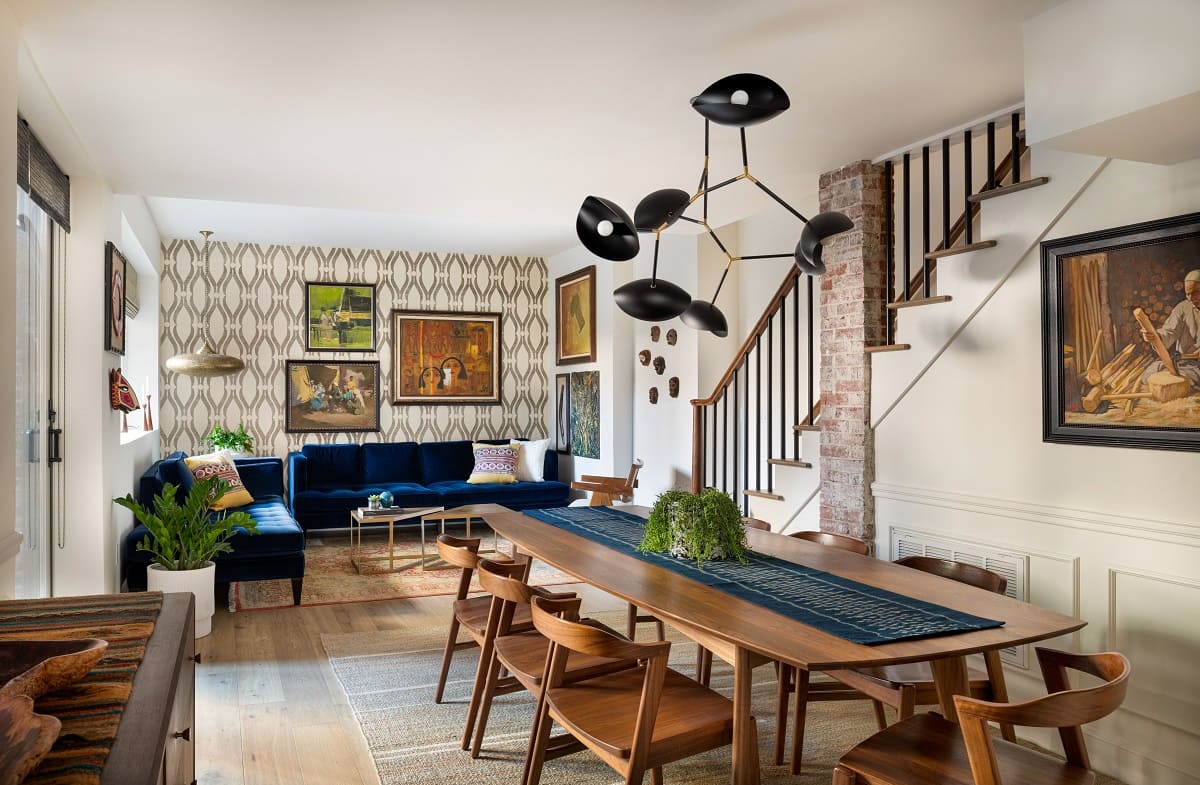

Tableware
How Can You Design A Long, Narrow Living-Dining Room Space?
Modified: May 6, 2024
Discover how to design a functional and stylish long, narrow living-dining room space with our expert tips. Maximize space utilization and find the perfect tableware for your needs.
(Many of the links in this article redirect to a specific reviewed product. Your purchase of these products through affiliate links helps to generate commission for Storables.com, at no extra cost. Learn more)
Introduction
Designing a long, narrow living-dining room space can present unique challenges. The elongated shape of the room may make it difficult to create distinct zones and utilize the available space effectively. However, with careful planning and creative solutions, you can transform this challenging layout into a stylish and functional area.
In this article, we will explore various techniques and strategies that will help you make the most of your long, narrow living-dining room space. From furniture arrangement to lighting considerations, we will delve into the key elements that can enhance the overall design and functionality of your space.
By following these tips and tricks, you can create a visually appealing and practical living-dining room that suits your needs and maximizes the available space.
Key Takeaways:
- Maximize vertical space with floor-to-ceiling shelves and wall-mounted cabinets to create storage and visual impact in a long, narrow living-dining room. Utilize mirrors and reflective surfaces to add depth and brightness to the space.
- Establish distinct zones for living and dining areas through furniture placement, lighting, and color schemes. Use functional furniture arrangements and window treatments to enhance functionality and visual appeal in the room.
Functional Furniture Arrangement
When dealing with a long, narrow living-dining room space, the first step is to establish a functional furniture arrangement. This involves careful consideration of the room’s dimensions and the activities you plan to accommodate.
Start by measuring the room and creating a floor plan. This will give you a clear idea of the available space and help you determine the best furniture placement. Consider the traffic flow and ensure there is enough space to move around comfortably.
Choose furniture pieces that are proportionate to the room’s size. Opt for sleek and streamlined designs to avoid overwhelming the space. Modular furniture is a great option as it allows for flexibility and can be easily rearranged to suit different occasions.
Divide the room into distinct zones for living and dining. Place the living area closer to the entrance and the dining area towards the end of the room. This not only creates a clear distinction between the two spaces but also makes the flow more intuitive.
Consider using furniture that serves dual purposes. For example, a dining table with extendable leaves can be compact when not in use and expanded when you have guests over. Likewise, a sofa bed or sectional with a pull-out bed can be used for seating during the day and as a sleeping arrangement when needed.
Make sure to leave enough space between the furniture pieces for easy movement. Avoid blocking windows or doorways with large pieces of furniture, as this can make the room feel cramped.
Lastly, don’t be afraid to experiment with different furniture arrangements. You can try placing furniture at angles or using rugs to create defined areas within the room. Play around with different layouts until you find one that optimizes both functionality and aesthetics.
Utilizing Vertical Space
In a long, narrow living-dining room, it’s crucial to make efficient use of vertical space to maximize storage and visual impact. By taking advantage of the height of the room, you can free up valuable floor space and create a more open and spacious feel.
One of the best ways to utilize vertical space is by installing floor-to-ceiling shelves or bookcases. These not only provide ample storage for books, décor, and other items but also draw the eye upward, making the room appear taller. Place items strategically on the shelves to create visual interest and avoid clutter.
Another effective way to utilize vertical space is by incorporating wall-mounted cabinets or floating shelves. These can be used to store and display items while keeping the floor area free from clutter. Additionally, consider using wall-mounted racks or hooks to hang items like coats, bags, and hats.
If you have high ceilings, consider installing a hanging pot rack in the kitchen area. This not only provides a practical solution for storing pots and pans but also adds an interesting visual element to the room.
When selecting furniture, look for pieces with vertical storage options. For example, choose a tall buffet or sideboard for the dining area, or opt for a storage ottoman in the living area that can double as a coffee table. These pieces will not only provide additional storage but also help create a cohesive look within the room.
Lastly, don’t forget to pay attention to the walls themselves. Consider using vertical stripes or wallpaper with vertical patterns to visually elongate the space. Hang artwork or mirrors at different heights to add dimension and draw the eye upward. These simple additions can make a significant difference in optimizing the vertical space of your long, narrow living-dining room.
Creating Separate Zones
In a long, narrow living-dining room, it’s important to create distinct zones for different activities to avoid a cramped or cluttered feel. By delineating separate areas, you can maintain functionality while also enhancing the overall visual appeal of the space.
One of the most effective ways to create separate zones is through furniture placement and arrangement. Position the sofa and TV stand in the living area, facing away from the dining area. This helps establish a clear boundary between the two zones while promoting easy conversation and comfortable viewing angles.
To further define the dining area, consider using an area rug under the dining table. This helps anchor the space and visually separates it from the rest of the room. Choose a rug that complements the overall color scheme and style of the room for a cohesive look.
Another strategy is to use different lighting fixtures to differentiate the zones. Install pendant lights or a chandelier above the dining table to create a focal point and provide ample lighting for meal times. In the living area, use floor or table lamps to create a warm and inviting ambience.
Additionally, you can use room dividers or screens to physically separate the living and dining areas. These dividers not only provide privacy but also serve as decorative elements. Choose dividers that match the style of the room and opt for open designs that maintain a sense of spaciousness.
Consider using different color schemes or accent walls to visually separate the zones. Use complementary colors or different shades of the same color to create a cohesive yet distinct feel. This subtle differentiation in color can help define each area and provide a sense of cohesion to the overall space.
Lastly, don’t underestimate the power of décor and accessories in creating separate zones. Use rugs, curtains, and furniture pieces to demarcate each area. Arrange decorative items, such as artwork, plants, or sculptures, to enhance the individuality of each zone.
By implementing these techniques, you can create clearly defined and visually appealing zones within your long, narrow living-dining room. This not only enhances the functionality of the space but also adds a touch of style and sophistication to your overall design.
Lighting Considerations
Proper lighting is essential in any room, and it becomes even more crucial in a long, narrow living-dining room. The right lighting can help create the desired atmosphere, highlight different zones, and make the space feel more open and inviting.
One of the key considerations is to ensure that the room has ample natural light. Take advantage of any windows in the space and avoid blocking them with furniture or heavy window treatments. Use sheer or light curtains to allow natural light to filter into the room while maintaining privacy.
In areas where natural light is limited, it is important to choose the right artificial lighting. A combination of ambient, task, and accent lighting can work together to provide a well-lit and balanced environment.
Start with ambient lighting, which provides overall illumination to the entire room. This can be achieved through ceiling-mounted fixtures, such as recessed lights or track lighting. Aim for even distribution of light and avoid creating harsh shadows or glare.
Task lighting plays a crucial role in areas where specific activities take place, such as reading or dining. Install adjustable wall sconces or table lamps near seating areas to provide focused and adjustable lighting. For the dining area, a pendant light or chandelier above the table can create a striking focal point while providing adequate lighting for meals.
Accent lighting adds depth and visual interest to the room by highlighting specific features or décor elements. Use recessed or track lighting to illuminate artwork, shelves, or architectural details. Consider adding LED strip lights under cabinets or along the baseboards to create a soft and ambient glow.
Dimmer switches are a valuable addition to your lighting setup as they offer flexibility in controlling the intensity and mood of the room. They allow you to adjust lighting levels according to various occasions and provide a cozy and inviting atmosphere when entertaining guests or enjoying a quiet evening at home.
Remember to consider the color temperature of your light sources. Warm white or soft white bulbs (2700K-3000K) are more suitable for creating a welcoming and cozy ambience, while cool white or daylight bulbs (3500K-5000K) are better for concentration and task-oriented activities.
By carefully selecting and placing different types of lighting, you can enhance the functionality and visual appeal of your long, narrow living-dining room. So, take the time to plan your lighting scheme and create the perfect ambiance for your space.
Use area rugs to define separate living and dining areas within the space. This will help visually divide the room and create a sense of organization and purpose for each area.
Color and Visual Tricks
Color plays a significant role in the overall design of a long, narrow living-dining room. By utilizing the right color palette and incorporating visual tricks, you can create an illusion of space and make the room feel more balanced and proportionate.
Start by selecting a light and neutral color scheme for the walls. Light colors such as white, beige, or pastels help reflect light and make the room appear more spacious. Avoid using dark colors on the walls as they tend to make the space feel smaller and heavier.
For added depth and dimension, consider incorporating an accent wall. Choose a color that complements the rest of the room and make sure it is on a short wall to avoid accentuating the length of the room. This will add visual interest without overwhelming the space.
Another visual trick to make the room feel wider is to use horizontal stripes. Paint a wide stripe or use wallpaper with horizontal patterns on one of the shorter walls to create the illusion of width. Be careful not to overdo it, as too many stripes can make the room feel busy.
When it comes to furniture, opt for pieces that are lighter in color. Neutral or light-colored furniture blends well with the walls and doesn’t dominate the space. If you prefer darker furniture, use it as accents rather than overpowering the room with large pieces.
Mirrors are excellent tools when it comes to visually expanding a room. Hang a large mirror on one of the longer walls to reflect light and create the illusion of depth. You can also use mirrored furniture or incorporate smaller mirrors strategically to bounce light around the room.
Using rugs is another effective way to add visual interest and create separate zones within the space. Choose rugs with subtle patterns or a combination of lighter and darker tones to define the different areas. Place them strategically under furniture to anchor each zone and add texture to the room.
Curtains and window treatments can also play a role in the visual trickery. Hang curtains high and wide to create the illusion of taller windows and make the room seem more grand. Choose sheer curtains that allow natural light to filter through and avoid heavy drapes that can visually weigh down the space.
Finally, don’t forget to incorporate pops of color through accessories and décor items. Pillows, artwork, and decorative accents can add personality to the room and break up the neutral color palette. Selecting a cohesive color scheme for these accents will tie the space together and create a harmonious look.
By implementing these color and visual tricks, you can create a long, narrow living-dining room that feels more spacious, visually balanced, and cohesive.
Mirrors and Reflective Surfaces
In a long, narrow living-dining room, mirrors and reflective surfaces can be your secret weapons in creating the perception of a larger and more open space. These elements not only reflect light but also add depth and dimension to the room.
Hanging a large mirror on one of the longer walls can instantly transform the room. The mirror will not only create the illusion of more space but also reflect light, making the room appear brighter and airier. Position the mirror strategically to capture the best angles and enhance the overall design.
Consider using mirrored furniture or incorporating smaller mirrors throughout the room. Mirrored coffee tables, side tables, or cabinets can add a touch of glamour while visually expanding the space. Place mirrors on opposite walls to create a sense of depth and make the room feel more expansive.
Reflective surfaces such as glass or acrylic can also work wonders in a long, narrow living-dining room. Choose furniture with glass tops or transparent acrylic chairs to create a light and airy feel. These pieces allow the eye to pass through, making the room appear less cluttered.
Another way to incorporate reflective surfaces is through the use of metallic accents. Mirrored frames, silver or gold decorative accessories, and metallic finishes on furniture or light fixtures can add a touch of elegance and catch the light, creating a shimmering effect.
Don’t forget about the power of light itself. Consider installing wall sconces or pendant lights with reflective surfaces, such as polished chrome or glass, to maximize the distribution of light throughout the room. The reflection of light will add depth and enhance the overall ambiance of the space.
When working with mirrors and reflective surfaces, it’s important to strike a balance. Avoid overdoing it or placing mirrors in a way that creates too much glare. Also, be mindful of what the mirrors will reflect. Position them strategically to highlight desirable views or important design elements, and avoid reflecting cluttered or unappealing areas of the room.
By incorporating mirrors and reflective surfaces in your long, narrow living-dining room, you can create a brighter, more spacious, and visually captivating space. Experiment with different sizes, shapes, and placements to achieve the desired effect and make your room truly shine.
Window Treatments
Window treatments are an essential aspect of designing a long, narrow living-dining room. They not only provide privacy and control light but also have the power to enhance the overall aesthetic of the space. When choosing window treatments, consider both functionality and style to create a harmonious and balanced look.
Start by evaluating the natural light in the room. If you have ample sunlight, consider using lighter fabrics or sheer curtains that allow light to filter through. Opt for curtains or blinds in soft colors that complement the overall color scheme of the room.
If privacy is a concern, especially for windows facing busy streets or neighboring properties, choose window treatments that provide both privacy and light control. Options such as blinds, shades, or curtains with blackout lining can easily be adjusted to allow in natural light while maintaining privacy when needed.
In a long, narrow living-dining room, hanging curtains high and wide can create the illusion of taller and wider windows. By extending the curtain rod beyond the window frame, you visually enlarge the window and make the room feel more spacious. Additionally, choosing floor-length curtains can add a sense of luxury and elegance to the space.
If your long, narrow room has different window sizes or shapes, consider using consistent window treatments throughout the space to maintain a cohesive look. This will help create a sense of balance and continuity in the room.
Another option to consider is using window treatments as a design feature. Select curtains or blinds with interesting patterns or bold colors to add visual interest to the room. Alternatively, if you prefer a more minimalistic look, choose solid colors that complement the overall color scheme and style of the room.
When it comes to layering, combining different types of window treatments can bring depth and dimension to the space. For instance, you can combine sheer curtains with blackout shades for light control, or layer curtains over blinds for added texture and visual appeal.
Lastly, consider the hardware and accessories used to hang the window treatments. Choose curtain rods and finials that match the overall style of the room – whether it’s modern, traditional, or eclectic. Additionally, use tiebacks or holdbacks to keep curtains open during the day and allow more light to enter the room.
By carefully selecting and designing your window treatments, you can enhance the beauty and functionality of your long, narrow living-dining room. Take into account the room’s natural light, privacy needs, and overall style to create a perfect finishing touch to your space.
Conclusion
Designing a long, narrow living-dining room may seem like a daunting task, but with the right strategies and considerations, you can transform this challenging space into a functional and visually captivating area. By implementing functional furniture arrangements, utilizing vertical space, creating separate zones, considering lighting options, incorporating color and visual tricks, and selecting appropriate window treatments, you can optimize the layout and enhance the overall design of the room.
When arranging furniture, focus on creating distinct zones for living and dining areas while ensuring ample space for easy movement. Utilize vertical space by incorporating floor-to-ceiling shelves, wall-mounted cabinets, or hanging pot racks to maximize storage and draw the eye upward. Consider using room dividers or screens, different color schemes, or accent walls to separate and define each area within the room.
The right lighting can make a significant difference in the ambiance and functionality of the space. Incorporate a combination of ambient, task, and accent lighting to provide adequate illumination and create visual interest. Use mirrors and reflective surfaces strategically to enhance the perception of space and light in the room.
Color and visual tricks play a crucial role in making a long, narrow living-dining room feel more balanced and expansive. Choose light and neutral colors for walls, incorporate horizontal stripes or accent walls to add depth and width, and use rugs and décor items to define different areas within the room.
Window treatments are not only functional but also contribute to the overall design. Choose treatments that allow natural light to filter through, provide privacy when needed, and hang them high and wide to create the illusion of taller and wider windows.
In conclusion, by combining these strategies and considerations, you can transform a long, narrow living-dining room into a beautiful, functional, and inviting space. Remember to strike a balance between style and functionality, and don’t be afraid to get creative and experiment with various techniques. With careful planning and attention to detail, your long, narrow living-dining room can become a stunning showcase of your personal style and a welcoming space for both relaxation and entertaining.
Ready to spruce up your living spaces further? For those struggling with couch placements or chair alignments, our guide on furniture arrangement will clear up confusion. If you're thinking about adding a splash of brightness to your bathrooms, our insights on color schemes in yellow might just be what you need. And for entertainment enthusiasts looking to style up their TV area, check out our creative decor ideas that can transform your viewing experience.
Frequently Asked Questions about How Can You Design A Long, Narrow Living-Dining Room Space?
Was this page helpful?
At Storables.com, we guarantee accurate and reliable information. Our content, validated by Expert Board Contributors, is crafted following stringent Editorial Policies. We're committed to providing you with well-researched, expert-backed insights for all your informational needs.
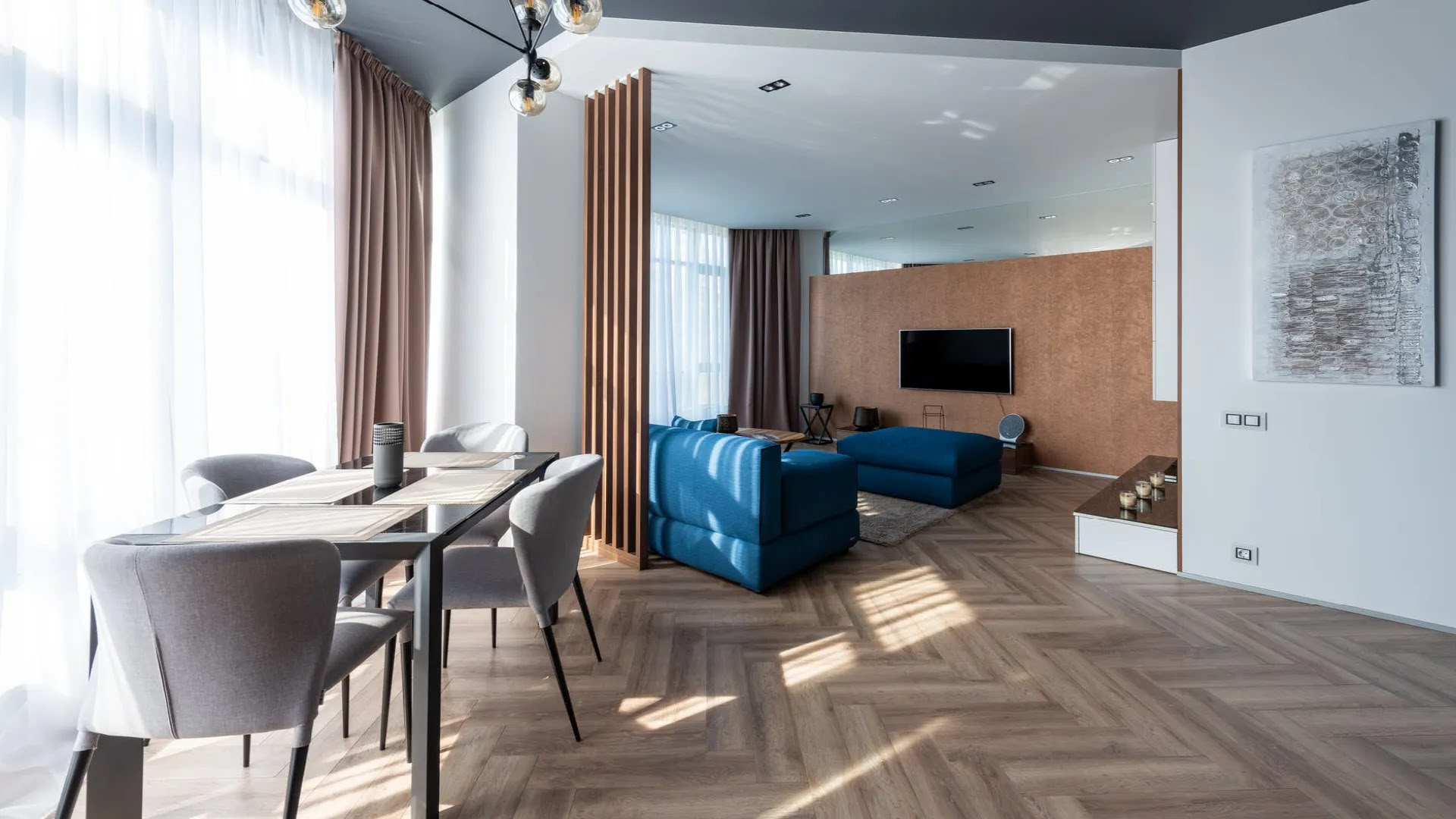
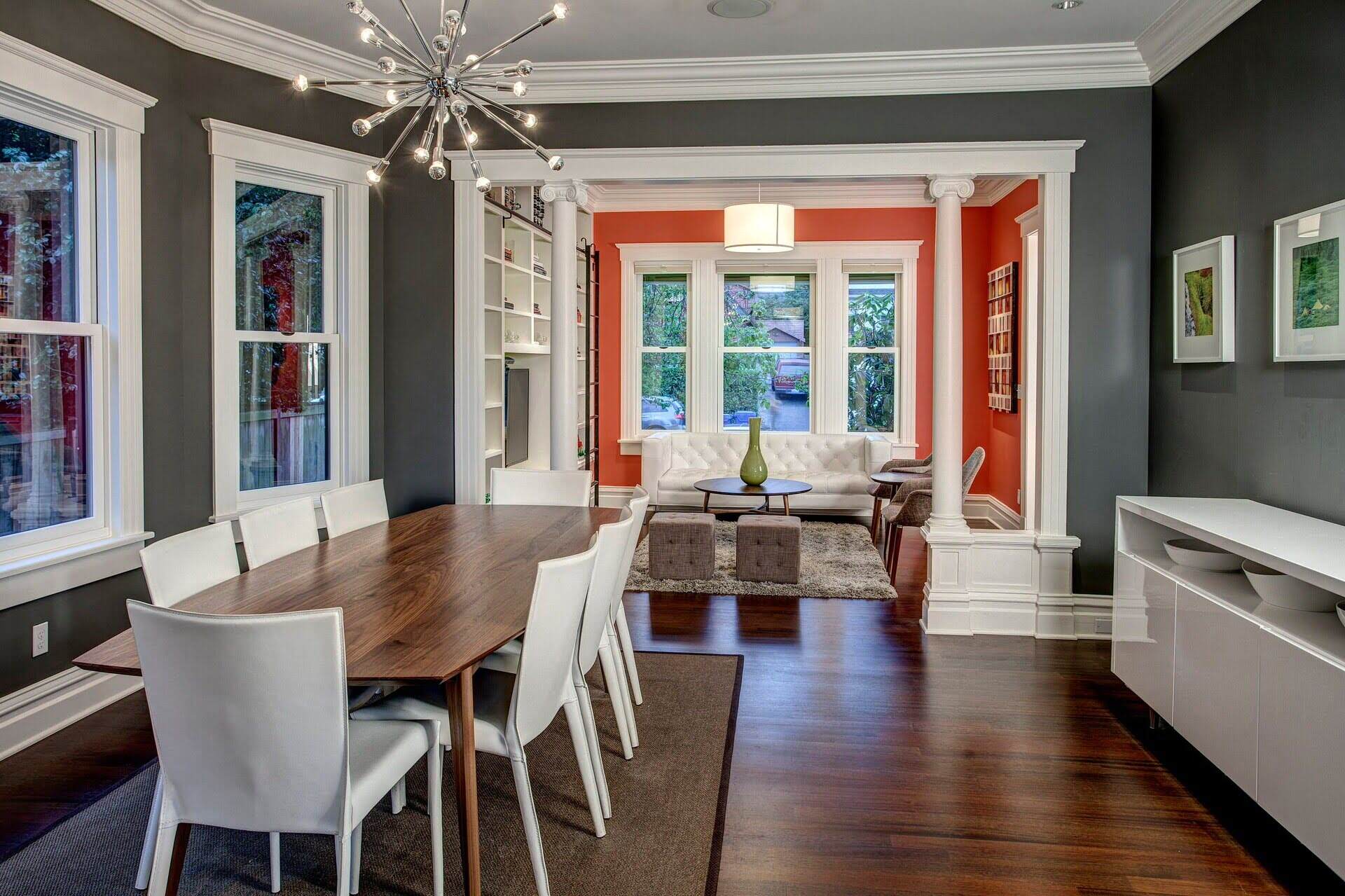
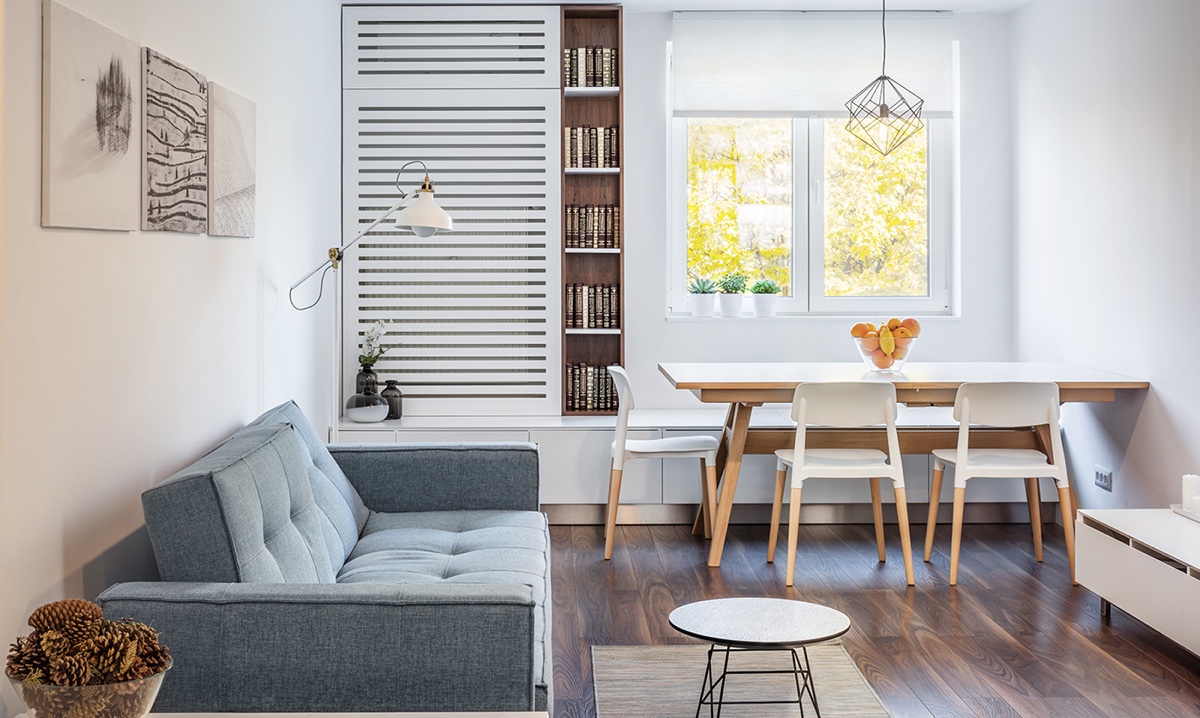
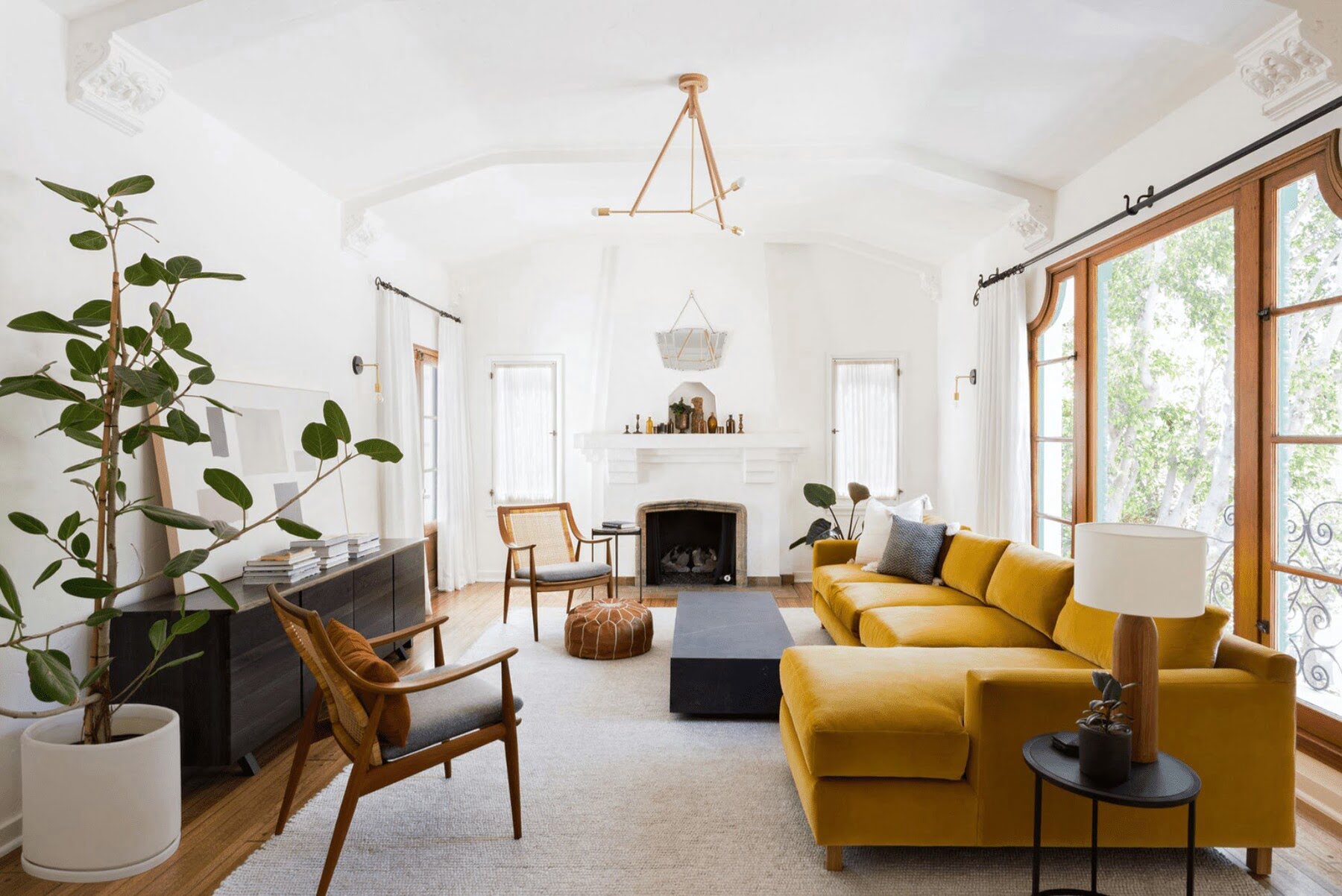
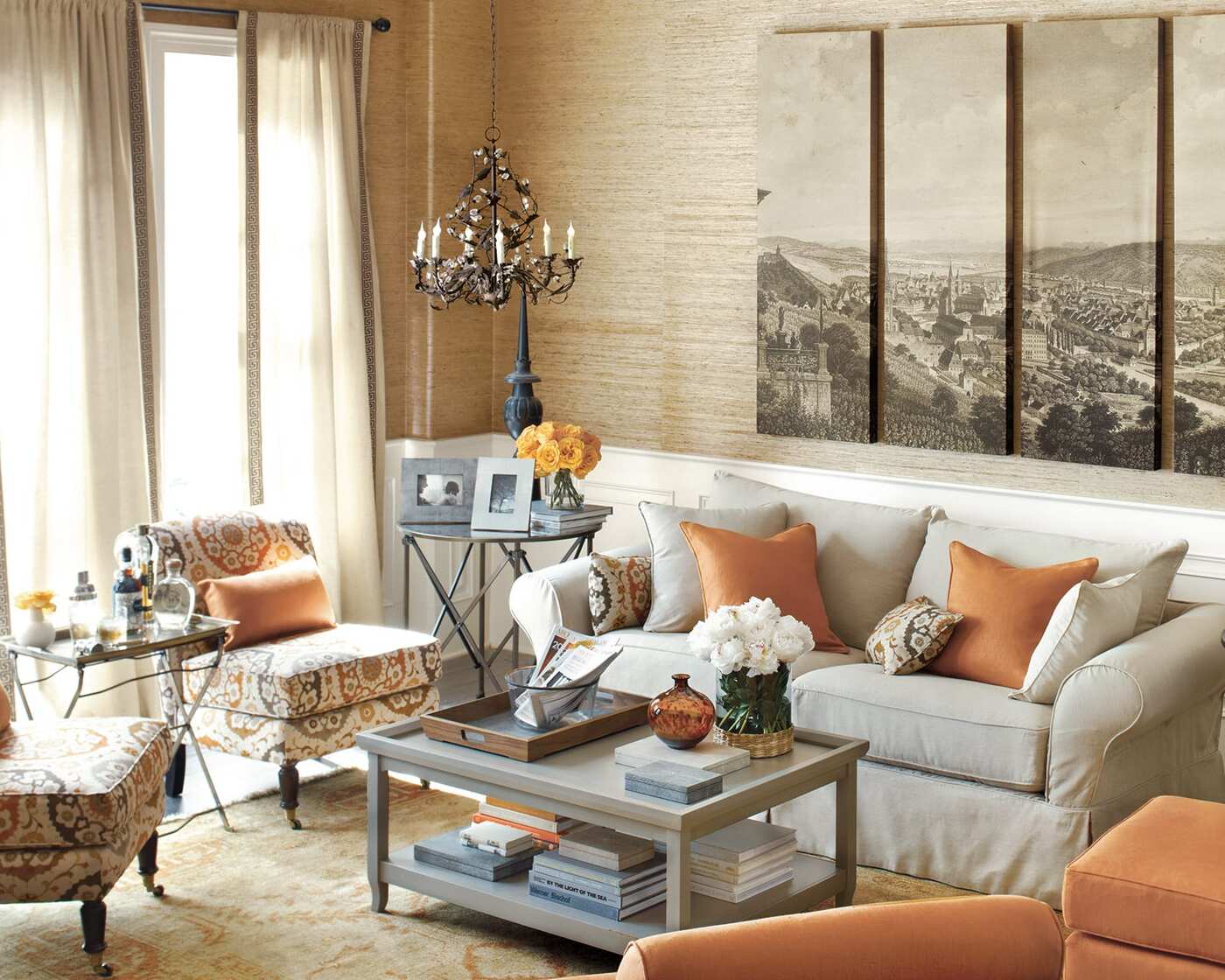
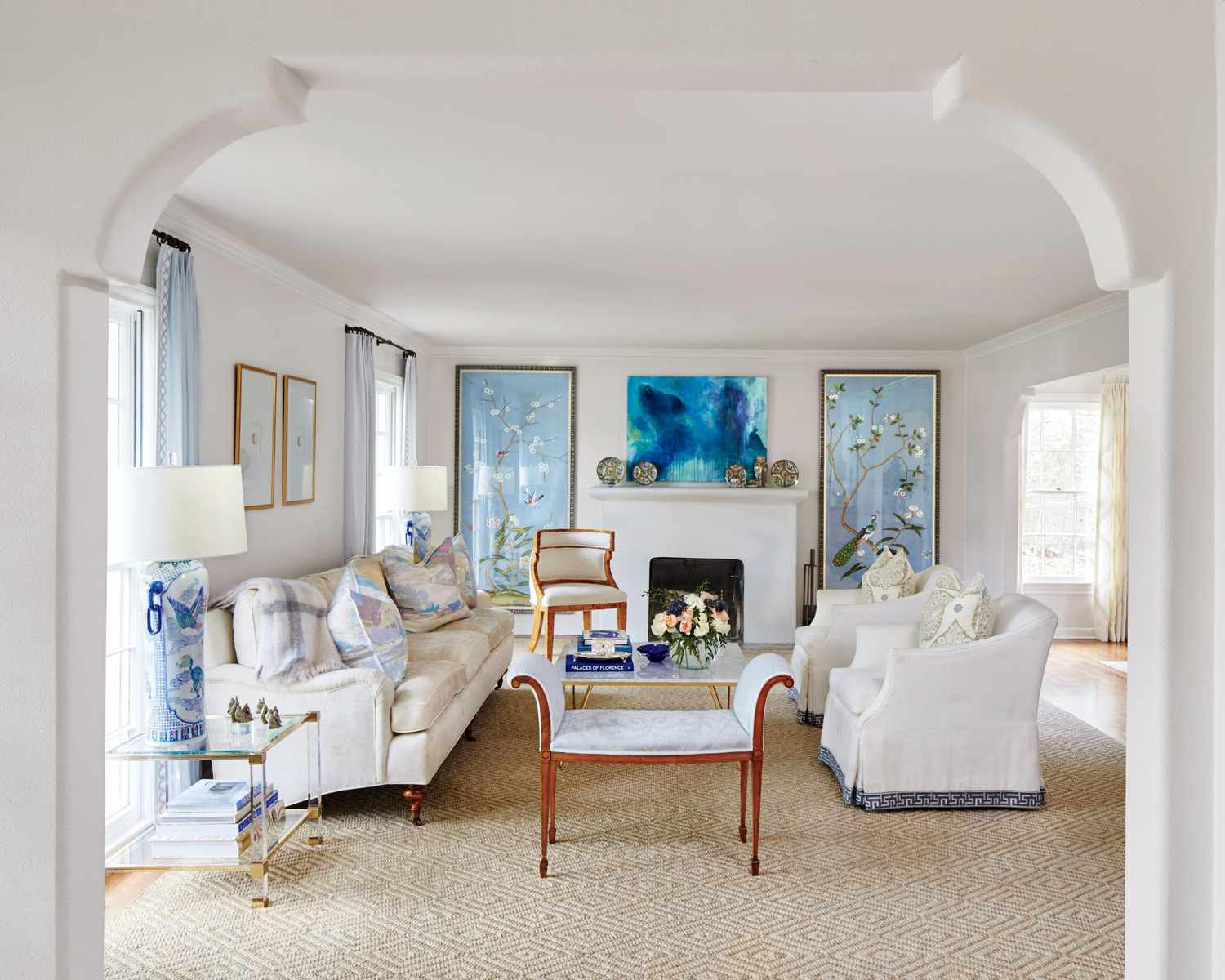

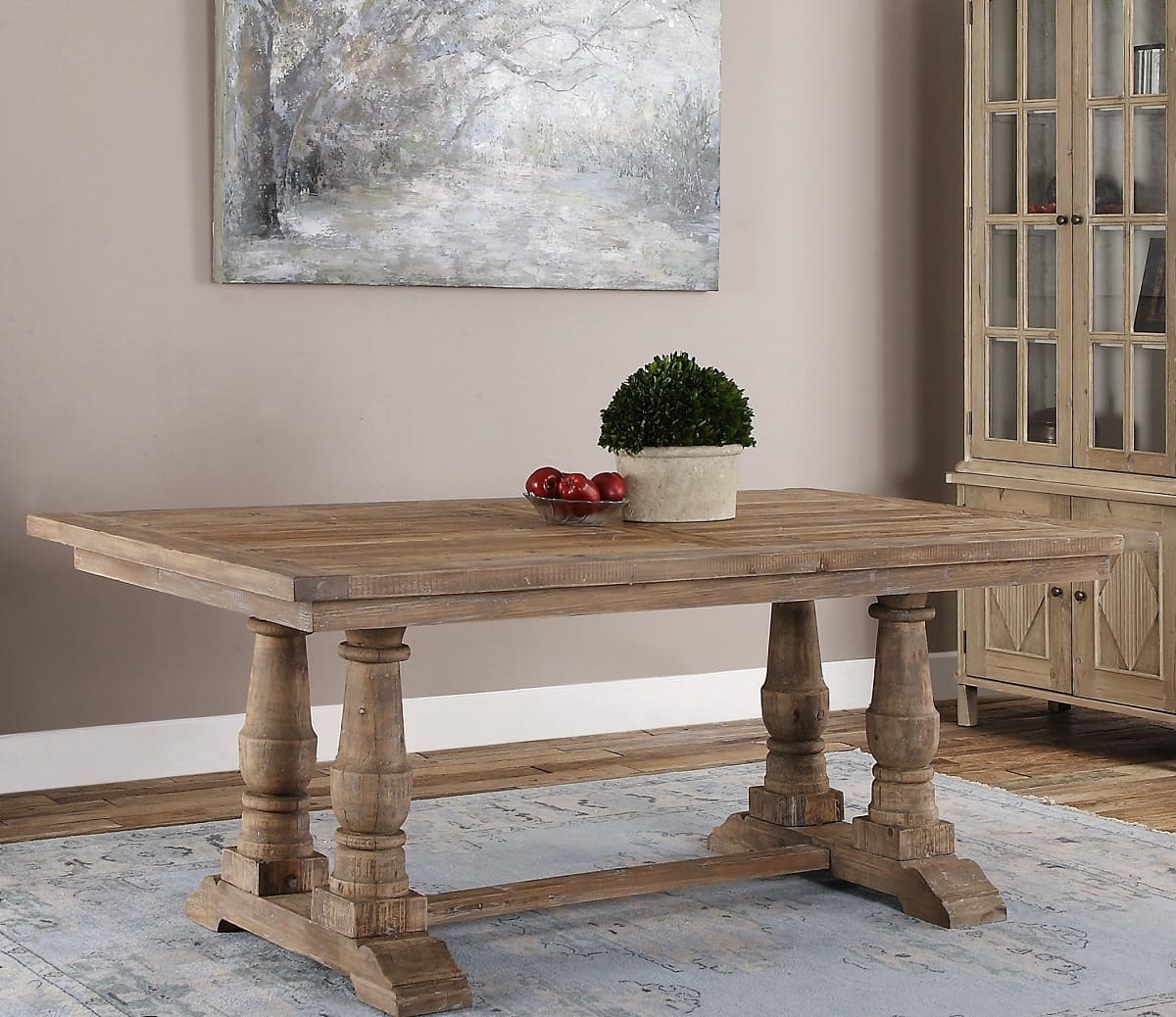
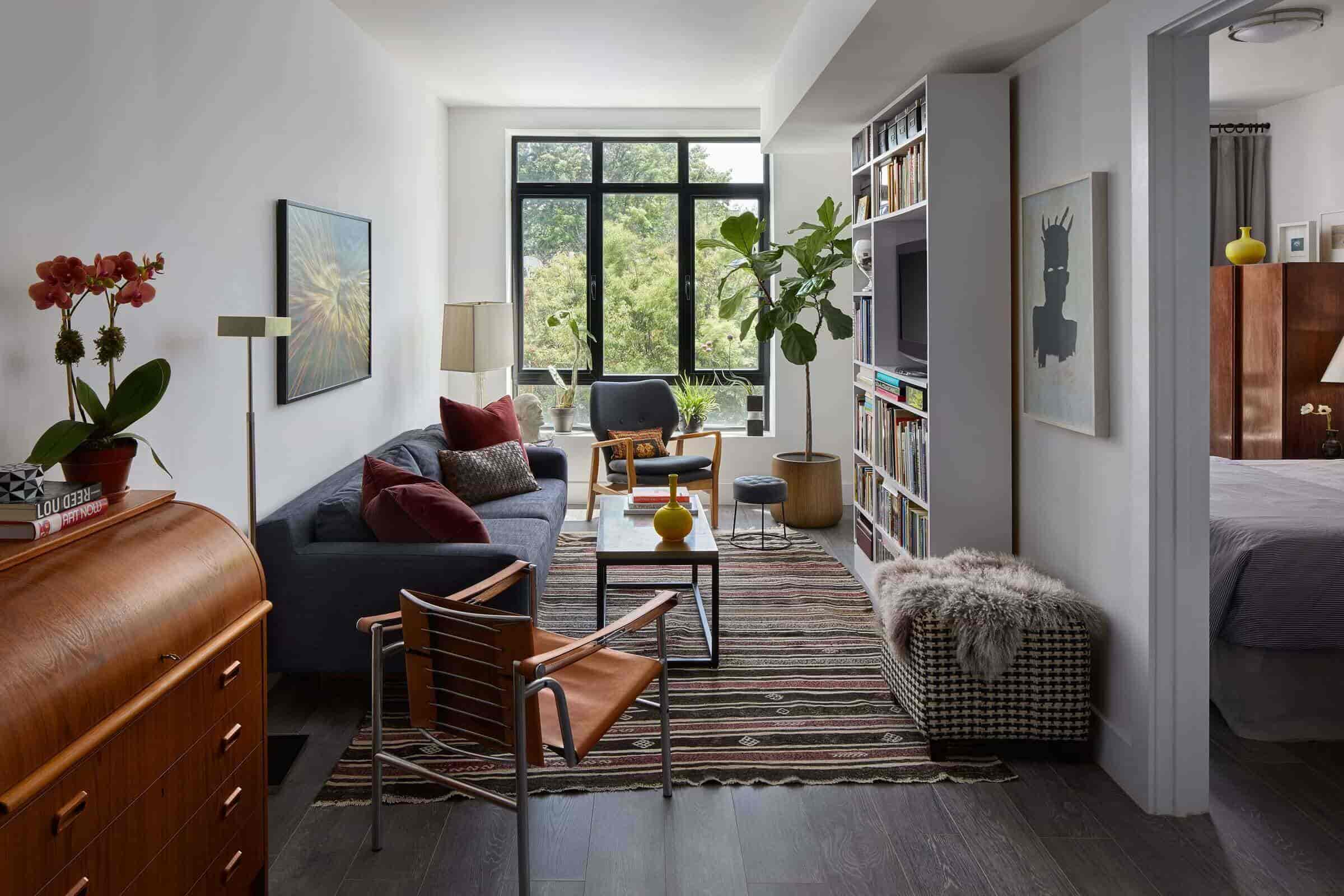
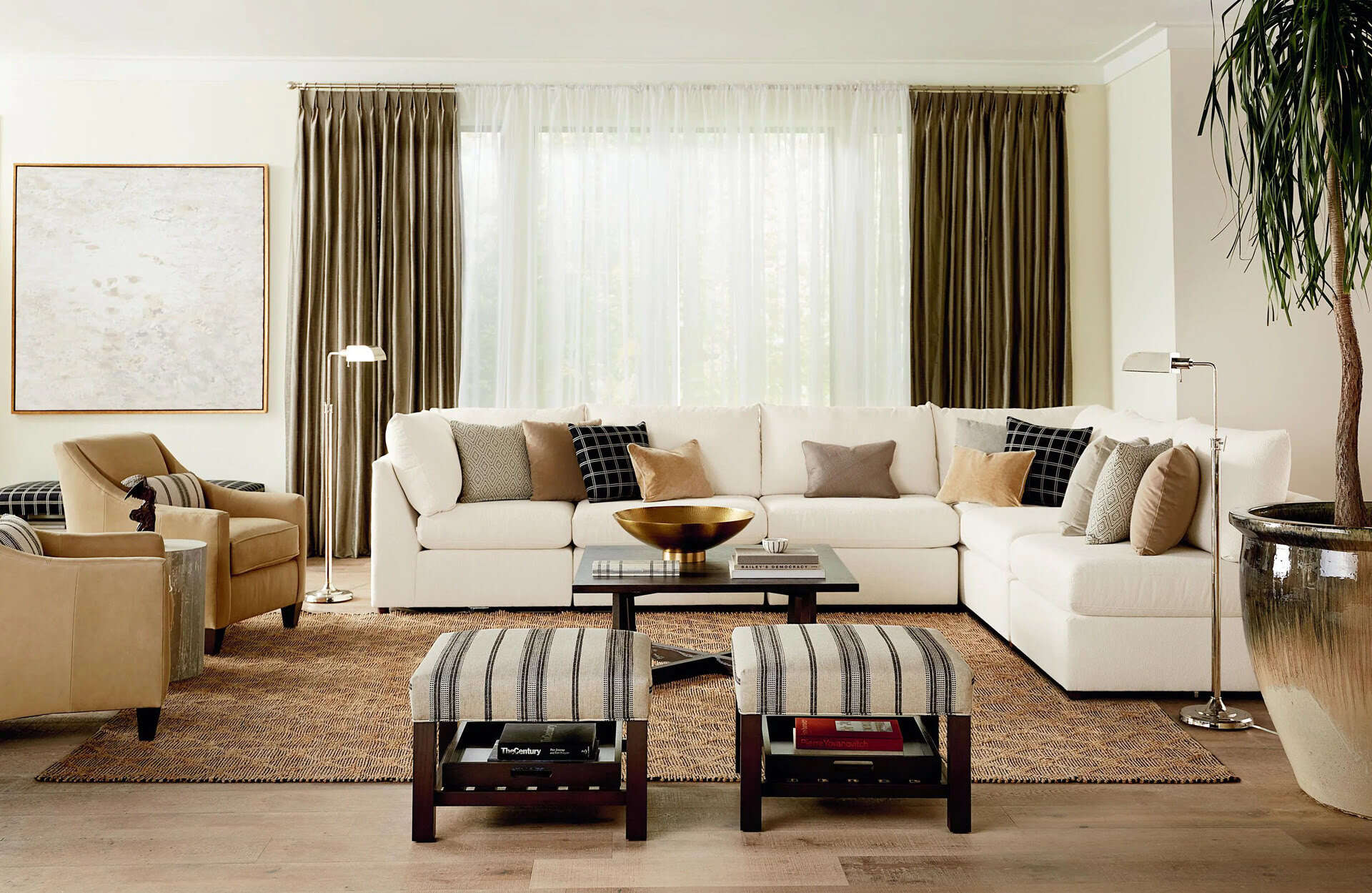
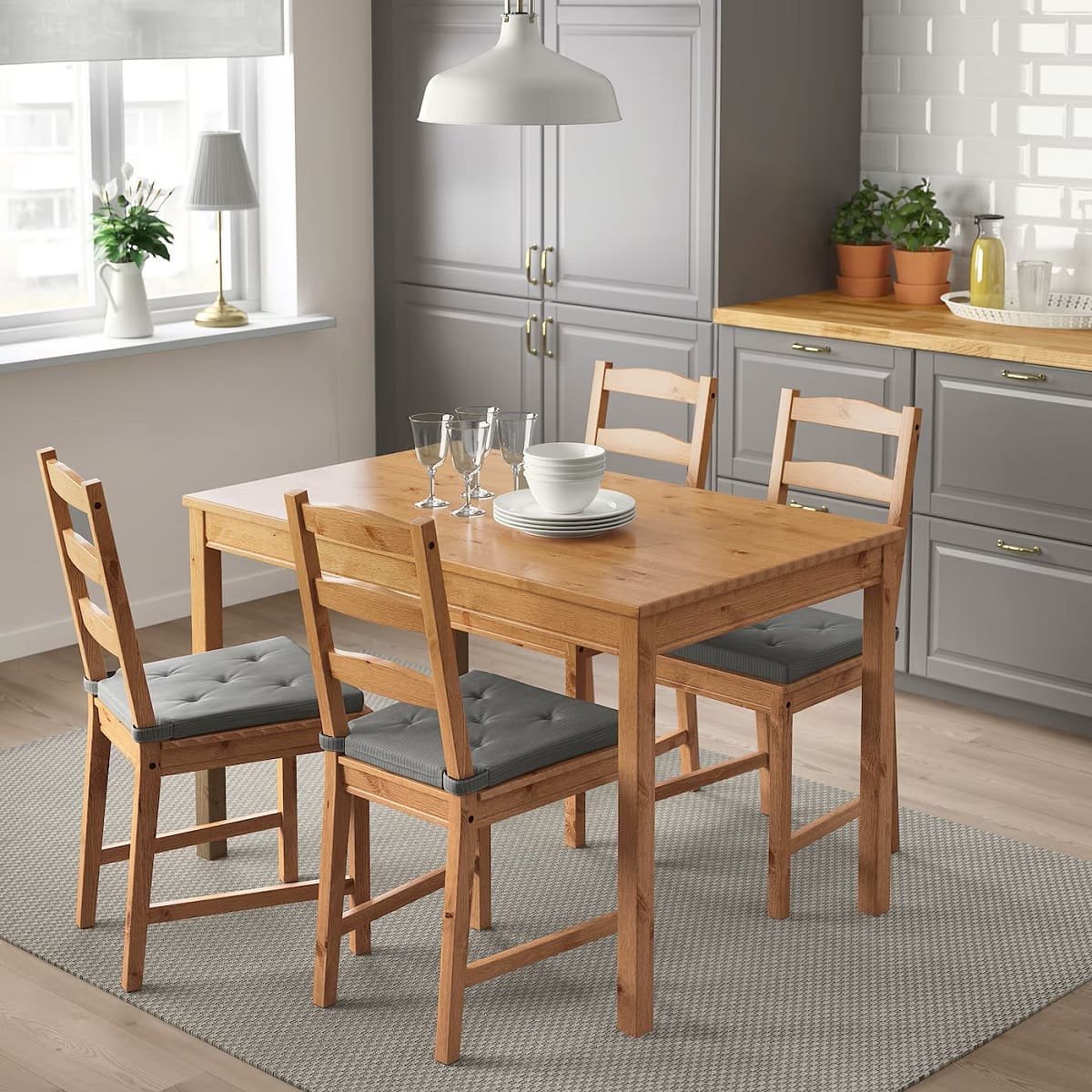

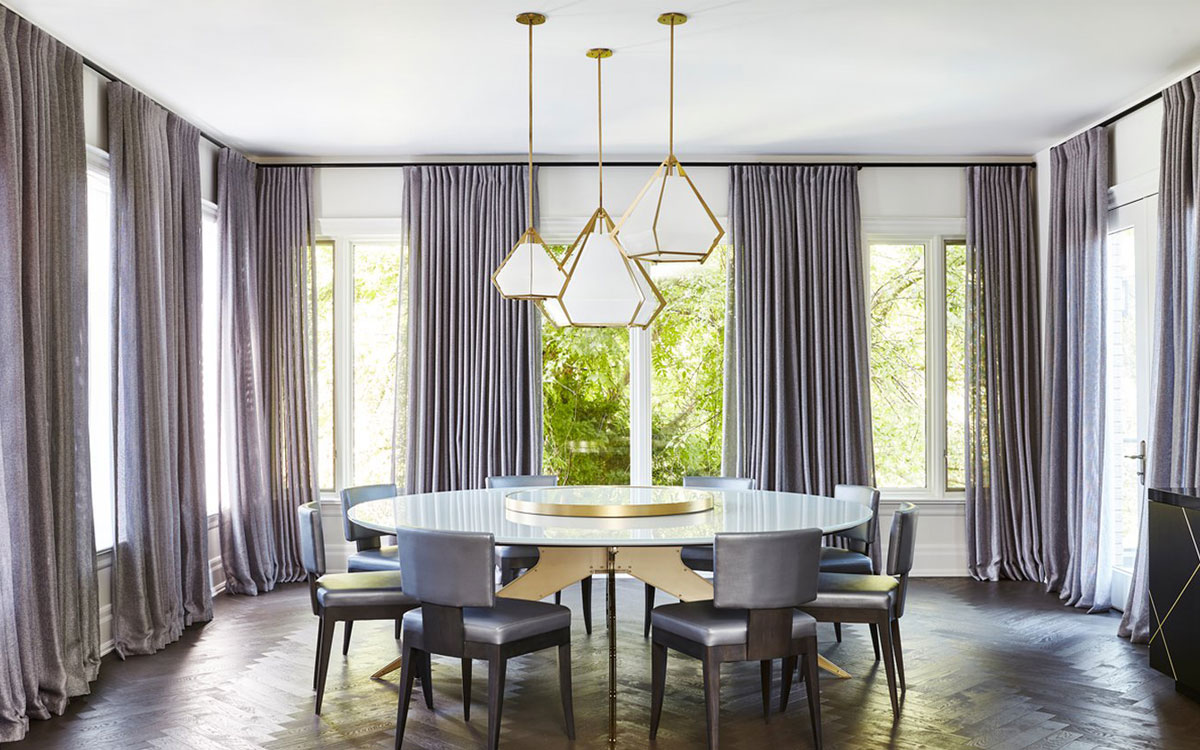


0 thoughts on “How Can You Design A Long, Narrow Living-Dining Room Space?”